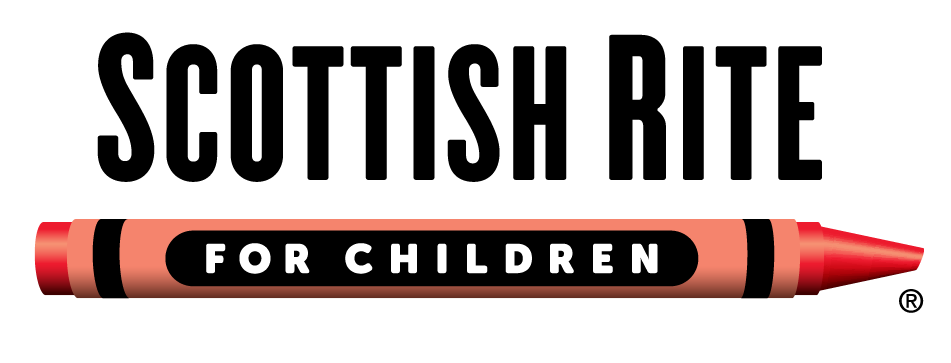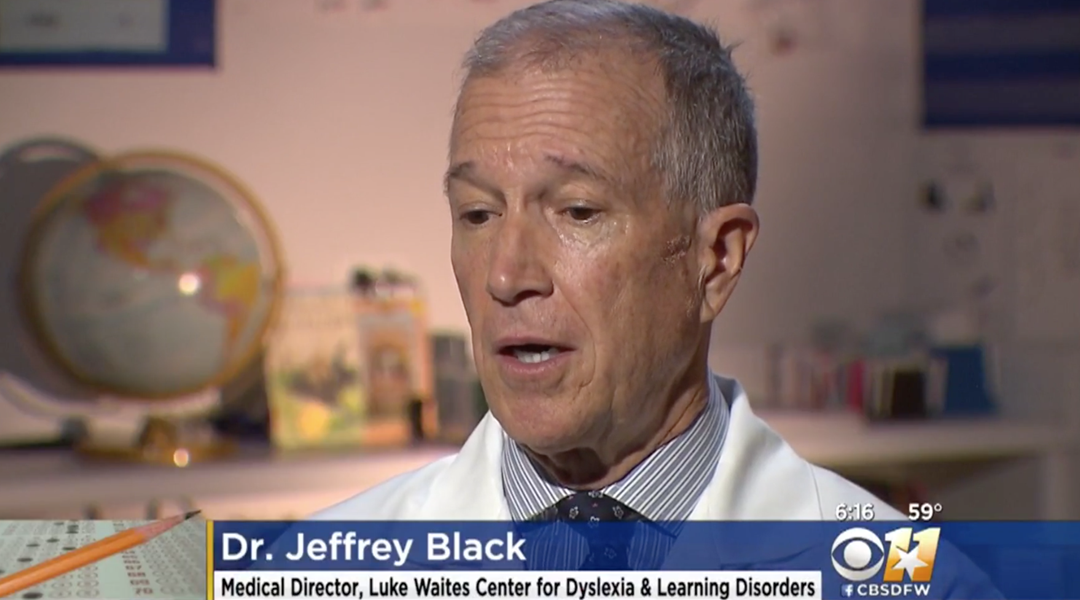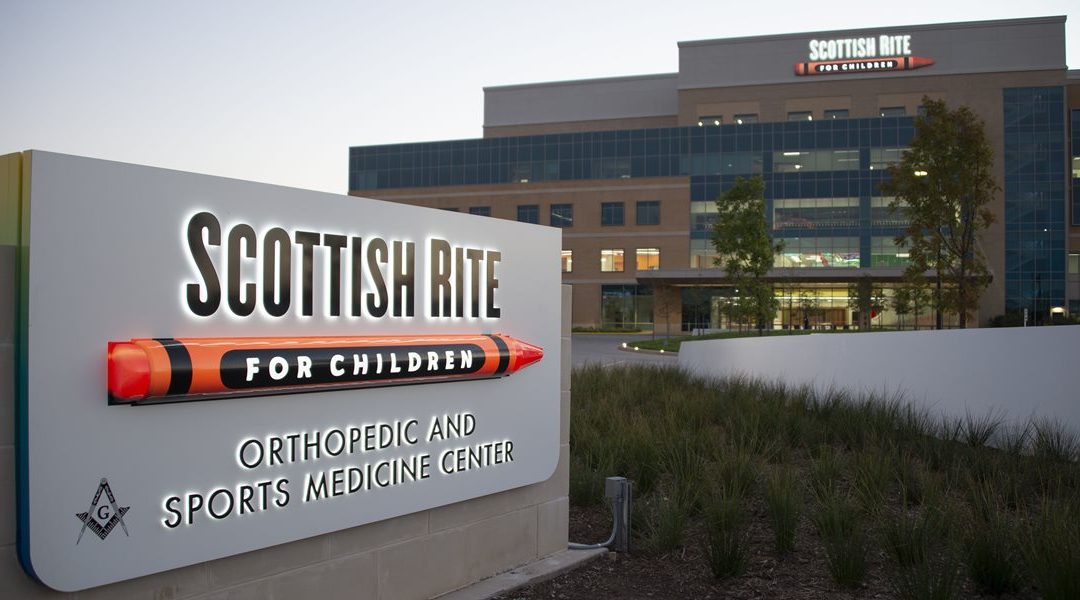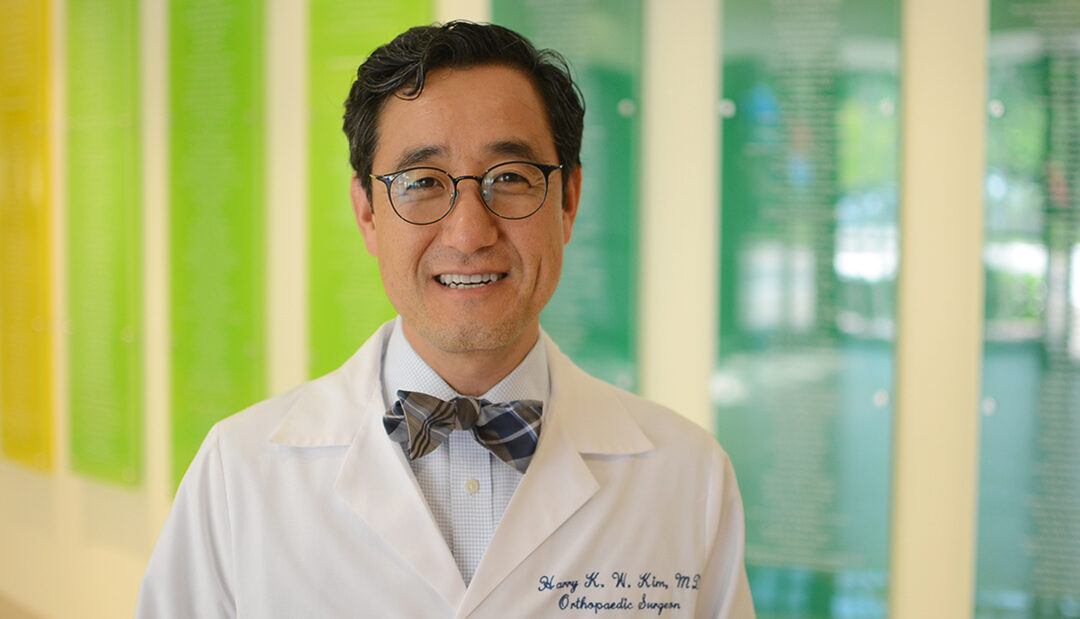
Frisco Enterprise: Ronald McDonald House of Dallas opens first family room in Frisco
Ronald McDonald House of Dallas (RMHD) hosted a ribbon-cutting on Friday for its first family room, which is located at Scottish Rite for Children Orthopedic and Sports Medicine Center in Frisco.
The mayor of Frisco, Jeff Cheney, was joined at the ribbon cutting by Leigh-Ellen Norman and members of the Frisco Chamber of Commerce, leadership from Scottish Rite Hospital, including President and CEO Robert L. “Bob” Walker, the VP of North Campus Jeremy Howell and Assistant Chiefs of Staff Karl Rathjen, M.D. and Philip L. Wilson, M.D, along with the CEO of RMHD Jill Cumnock and RMHD Board Chair Doug Smellage.
For nearly 40 years, RMHD has served as a home-away-from-home to families while their children are being treated for critical illnesses or injuries locally.
The House has traditionally helped families with three daily meals as well as both day and overnight accommodations from its location in Dallas’ Southwestern Medical District.
The new Ronald McDonald Family Room comfortably accommodates 25 people and offers a place of temporary respite, relaxation and comfort to families with children receiving outpatient care at Scottish Rite in Frisco.
Research shows that staying close by allows parents to better communicate with their child’s medical team and improves adherence to complicated treatment plans. Families with access to a Ronald McDonald Family Room report a better overall clinical experience.
Currently, RMHD hosts 1,400 families annually, but expects the Family Room will help serve approximately 1,000 additional people each year. With the Dallas-area pediatric population expected to increase 27 percent by 2025, RMHD has been taking measures to accommodate as many more families as possible in the years ahead.
In September, RMHD broke ground on The Elsie & Marvin Dekelboum Family Foundation Wing, an $11.5 million expansion that will add 30 additional guest rooms to its Southwestern Medical District location.






